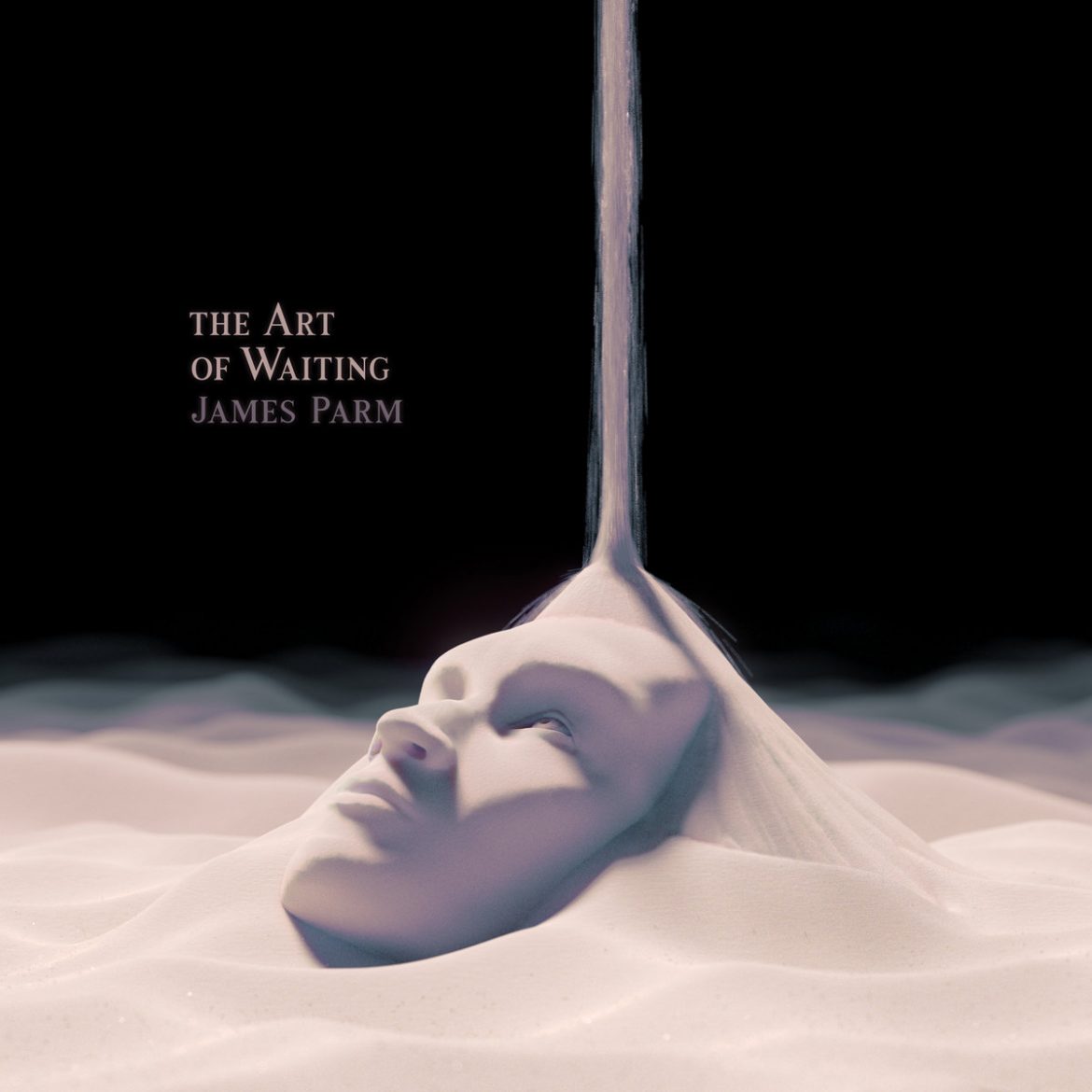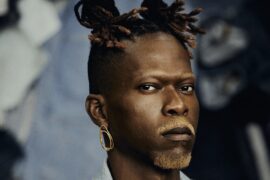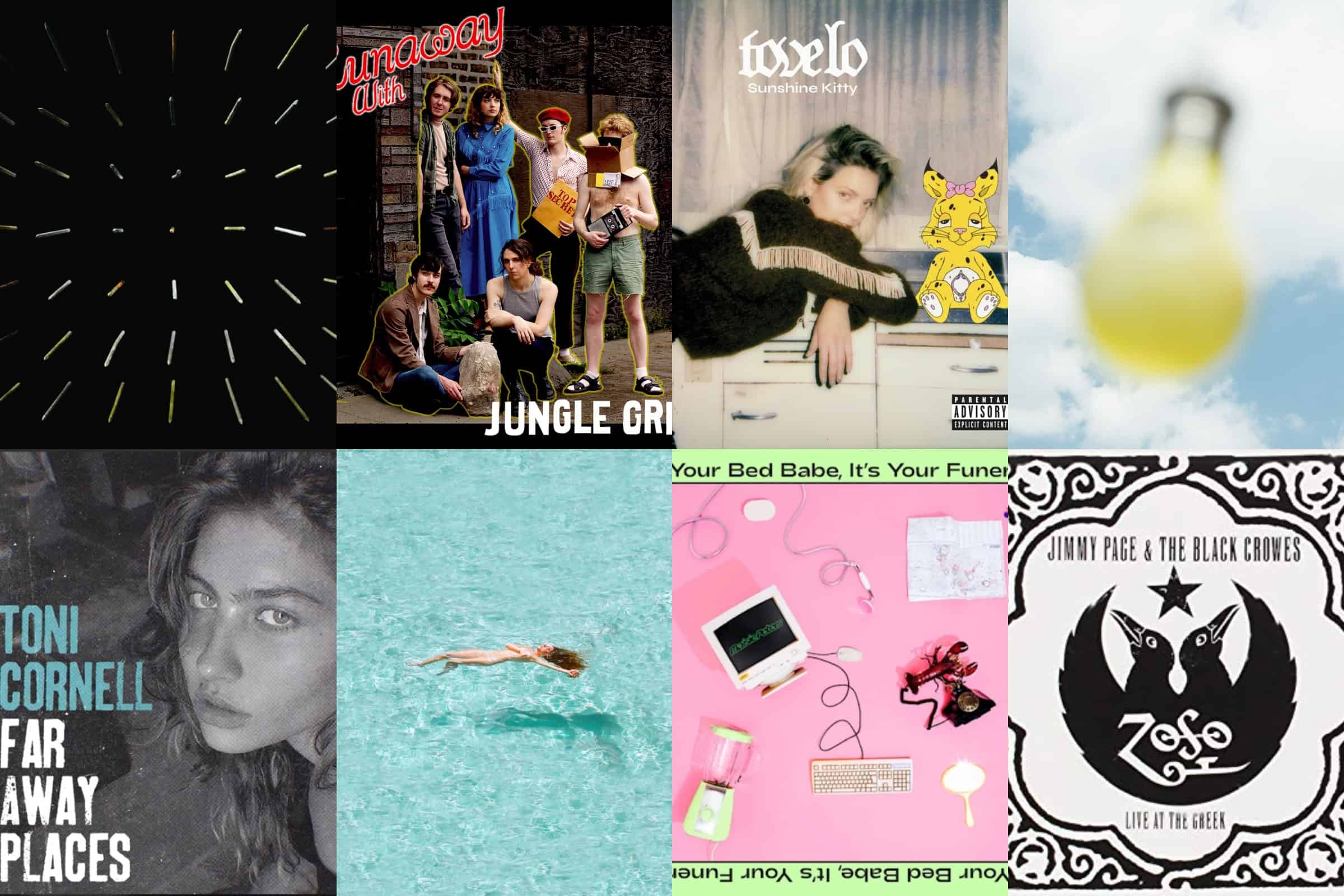All you need are two open ears and an open mind to grasp the weight, beauty, emotion, and wonder of James Parm’s ‘The Art of Waiting’ – an intimate record grappling with the lost art of living.
Stream: “You Just Wait” – James Parm
I hope the record has some kind of therapeutic quality for anyone maybe dealing with similar feelings of dread, weariness.
It takes a good deal of concentration, processing, and self-reflection to understand the substance and philosophy at the core of James Parm’s sophomore album: The Montreal artist has fueled his latest record with notions of being and existence, time, life, death, and beyond. It’s enough depth to spin the head around, to the point where even the artist acknowledges that it’s a lot to take in.
Alternatively, all you need are two open ears and an open mind to grasp the weight, beauty, emotion, and wonder of The Art of Waiting – an intimate record grappling with the lost art of living.
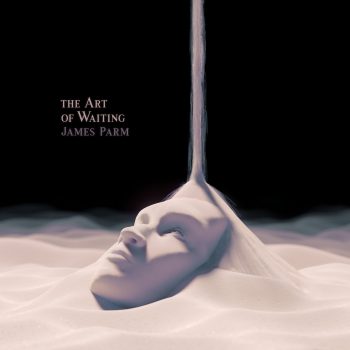
Take what’s left, spin it upside down,
Captured in a moment that you don’t have now
You don’t have now, you don’t have now
And follow me to the sun
Take what’s left, spin it in the air,
Living for a reason, they don’t have here
They don’t have here, they don’t have here
And follow me to the sea.
If it floats high above, orbiting the sun
If it takes all its time, burning all its lies
If it gives everything, whatever’s left is mine
You just wait
– “You Just Wait,” James Parm
Independently released April 9, 2021, The Art of Waiting is a masterful exploration of what it means to be alive, what it means to live poorly – or in “wait,” as some might say – and (hopefully) what it means to live well – all channeled into gorgeous music and filtered through James Parm’s singular lens.
The Montreal singer, songwriter, and producer introduced his penchant for vast soundscapes and introspective lyricism through 2019’s soaring debut album Oh My Darling, and on his sophomore effort, that enchanting music resonates with refreshing purpose.
“My records are a way for me to shed off all the debris I collect over the course of my time here,” Parm says. “Each record is like a nightmare I get to wake up from. When I’m making the record, I am living its meaning. Once I finish it, I get to wake up and realise it was just another dream. Growing is just a succession of dreams you are waking up from. My next record will be the dream I am dreaming now. Maybe one day I will actually wake up for good, then there will be no need for this kind of music; it’s just medicine.”
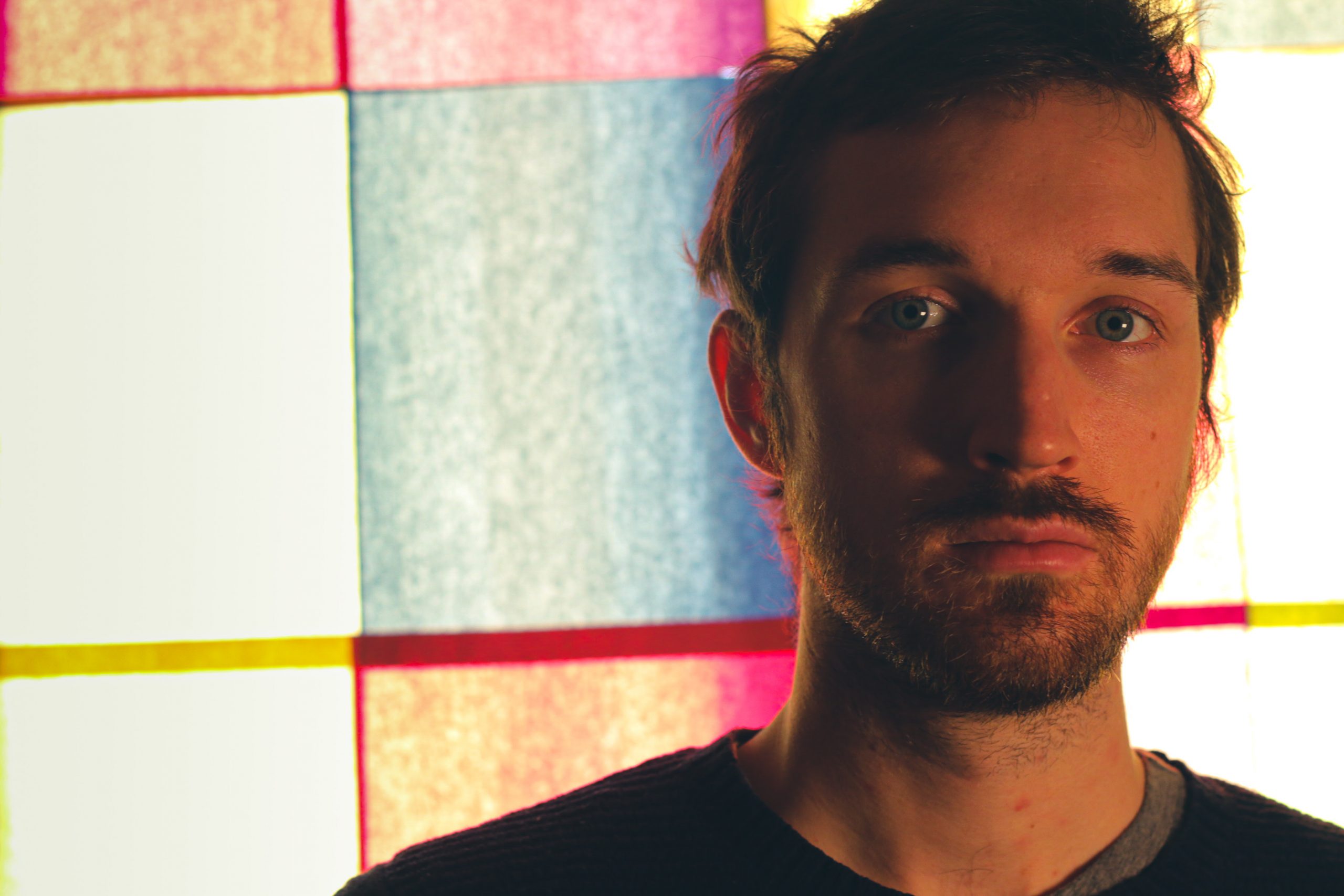
With that established, The Art of Waiting came out of a mixed sense of stagnation and action over the past two years. “The album concept slowly came over me,” Parm tells Atwood Magazine. “I suddenly had this title The Art of Waiting in my mind, long before I had the whole thing fleshed out. I was working these service industry jobs, bars, restaurants, etc, and I was feeling the weight of these shifts and the people I was surrounded by. I was always watching the clock, I felt tired, worn, weary. I was reading a lot of philosophy like Baudrillard and kind of losing my taste for life. I was stretched thin from what felt like a prison sentence of shit pay, shit relationships, shit rent, shit apartment, shit.”
The album alludes to the lost art of living, in that living was once an entire art in itself.
“Modern life is so simple, so easy, so repetitive, it’s lost its soul, its love, its art. I was serving servants at a cafe set near call center employees, drones lined up at the bell, just more and more slaves and I too, part of this system… I don’t know, I couldn’t handle it after a while. COVID-19 hit and I finally had time to make something, and luckily I had tracked the bed tracks just a couple weeks before everything was shut down. I spent most of 2020 layering this thing. It’s extremely dense and it’s all analogue instruments, tracked through the whole song, no punching. I wanted to make music as painful as work, I wanted to see what music sounded like when I transferred all the pain of these enforced routines onto it.”
“I had this goal of trying to make something that sounds objectively ‘beautiful,’” Parm adds. “Beauty in the Greek-virtue sense, like something, although not physical, tangible or “real.” I’m trying to find what is “real” so I chose this idea of beauty and challenged myself to reach it, even though it exists beyond what is “actual” in the “infinite” realm, like outside the world of time and space.”
Burning ships are piled to the sky as
A dead breeze carries our words like knives
To the centre of a concrete gate,
Littered with the ruins of our failed escapes.
“Easily the strongest of us all”
Spoke the wearer of the mask to the concrete wall.
There’s never been an easy path,
Even as the sand shapes the hourglass,
Even if the first really do come last;
Lord knows the sun is burning fast.
Are you afraid of the big bad wolf
Standing naked in the rain at the edge of the wood?
At the centre of a pitch black mine;
Only in your heart are you doing time,
Gotta use your claws if you’re gonna climb,
Sign away your life on a deadline.
Honey I told you there’d be days like this,
I know it’s hard getting over it.
Throw those dreams in a wishing well
And I promise I’ll never tell
– “Hourglass / Wishing Well,” James Parm
Understanding the title is key to understanding Parm’s motivations and themes.
“Waiting is a primary form of deterrence of “life”. Life is the essence which animates existence, and does not live in the physical. The physical is the “stopping” of life, it is like a shell, or a tomb, for life. The body is like a tomb for the soul. Institutions are like tombs of ideas/beliefs/concepts, etc. In order for something to exist in the physical world, it requires a “stopping”. It is the “stopping” which generates this reality. This reality is like an imagined pause of the true current of change which expresses true reality, which would be a rate of change at the speed of infinite, which would render all change as a singular constant, which would delete the possibility of time and space and therefore this whole reality. So waiting is a way in which we say “no” to life, it is the resistance to what “is”. If we stopped resisting what “is” at the most profound level, we would not be able to remain here, and this reality would be forgotten. The insignificance of all of this pain is astounding.”
As far as boutique-indie-out there-nobody listens to this- kind of music, I think this record does a great job introducing me as the “artist” I am, but I’m still searching for something that I’m beginning to suspect I may never find? Or maybe the next one will do it…
A vast album sonically, conceptually, and spiritually, The Art of Waiting reflects on a wealth of concepts in its dazzling forty-minute run. For a record built in response to inertia and inner tension, it inhabits a world of movement and elegant flow, radiating buoyant melodies and glowing through tender, evocative layers of sound.
Songs like the slow-burning, hypnotic “Hourglass / Wishing Well,” the spoken-word pseudo-collage “The Lost Art of Living,” and the glimmering, saccharine “Jack of Dried Clay” showcase both ends of the artist’s spectrum – the former two leaning toward a more abstract format, whilst the latter adheres to a familiar pop song setup – but each track embodies the majesty and fragility that makes The Art of Waiting such a simultaneously comforting and challenging experience.
Tell me creature in the night is the child made of clay?
Does he whisper out of sight in the coming new age?
All who hear him are destroyed, all connections torn away,
Coded signals in the dark, making Jack of Dried Clay.
As he wipes away the dust, as he sinks into decay,
As an engine made to rust takes the final man away.
Well alright, alright, alright, you’ve noticed, by now,
You’ve noticed we’re just going around and around
You’ve noticed, we’re just going around and around,
You’ve noticed…
– “Jack of Dried Clay,” James Parm
For his part, Parm cites “Hourglass / Wishing Well” as one of his personal favorites. “I think [that song] should be experienced by anyone who actually likes this kind of music or somewhat out-there, imaginative things,” he says.
Meanwhile, he also highlights the lyrics of “Doing Time” – a confessional ballad of sorts soundscaped by a subtle, stunning groundswell of delicate pianos and echoing guitars, shimmering orchestral strings and smoldering woodwinds. As the instruments rise and fall with grandiose posture and dynamic intent, Parm sings a solemn soliloquy:
You’re in the watchtower at the back of my mind,
And I’m stuck doing time
Airplane shadows in the sunshine,
Crash into mine
Yesterday’s sorrows aren’t worth a dime,
We’ve left them behind
But you’re in the watchtower at the back of my mind
And I’m stuck doing time
And everyone is dying to meet you…
Sucking out poison is part of the charm
With you in my arms
Getting so angry don’t know where to start,
Shots in the dark
Feeling so tired but I can’t seem to sleep,
Life on repeat
But sucking out poison is part of the charm
With you in my arms
And everyone is dying to meet you
“The rhythming is choice and it all flowed out so easily,” Parm says of the above. “‘Sucking out poison is part of the charm, with you in my arms.’ I like this line because it reflects how I feel around vampirous people who drain me of my vitality – whom I recently realised I have to tell to actually go F*** themselves and leave me alone. New skill acquired there, huge life improvement. Plus it works on two levels, like physically IN my arms (like poison) and also like the expression of holding someone.”
It may feel daunting to dive into, but once you truly listen and can start to pick its songs apart, The Art of Waiting feels more like a comforting source of empathy, light, and love, than it does an anxiety-inducing half hour of immersive musical pontification – even if technically, it’s both.
“I hope the record has some kind of therapeutic quality for anyone maybe dealing with similar feelings of dread, weariness,” Parm says. “I try to reconcile the work I put in this music with the possibility that it is actually beneficial to other people, but I’m not really sure. In any case, this is what I hope. Does catharsis work? I hope this record can be digested and forgotten by anyone who needs it to get over this wall.”
Does catharsis work? I hope this record can be digested and forgotten by anyone who needs it to get over this wall.

These songs came from a mix of the heart and mind as James Parm found, in music, what he couldn’t express through words alone: There must be more to life than this. A soundtrack to days spent alone in the company of one’s thoughts; to days wasted away at work; and days full of laughter, connection, joy, and love, The Art of Waiting is ultimately a reminder to make the most of our lives in whatever way that means to us.
Experience the full record via our below stream, and peek inside James Parm’s The Art of Waiting with Atwood Magazine as the artist goes track-by-track through the music and lyrics of his second LP!
— —
:: stream/purchase James Parm here ::
Stream: ‘The Art of Waiting’ – James Parm
:: Inside The Art of Waiting ::
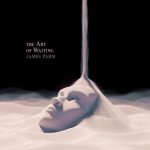
— —
You Just Wait
This piece serves as an introduction to the record. The only thing I knew for sure that I wanted was the swell at the beginning which is made of strings, sax, synth, and feedback. This is kind of the “sound” of the record which over takes the “songs” of the record. The record has this kind of war between sound and song.
Doing Time
This is my favourite track because I love the counter melodies in the strings and the crescendo by the saxophone. Above all else, I wanter the song to feel emotionally true, so I took a vocal performance that I felt carried the emotion more than even the tune. This song is probably the closest to catching the sound I wanted for the record.
Hourglass / Wishing Well
This song is a sort of journey, it travels through sections and slowly builds to a final climax. I love the mix of genres, I think it succeeds at sounding familiar yet original at the same time. I was deeply inspired by the film Midsommar, particular the geometry within the shots in this film. The second half of this song was an attempt to evoke my experience of this film, with the strange constant rhythm and repetition moving closer and closer to some dreadful end, somehow calm yet out of control, insane yet directed and deliberate. If this song makes you dance along to a feeling of dread then it has succeeded.
Attendre
I had this intro to he next song and I wanted a french poem overlaid onto it. That same day I had this idea my friend decided to read me her short poem. It was very coincidental and the poem fit exactly over the intro perfectly. I asked her to record it and she was happy to.
Jack of Dried Clay
The song continues on certain lyrical themes about going round and round, repetition, life on repeat, etc and expands on this with the idea of clay. Clay is moldable until it hardens, so it’s an obvious metaphor for what happens to most everyone as they age into adulthood. There are supporting themes in the album talking about this loss of vitality. The loss of vitality is the weariness of adult life, the stagnant repetition of our seemingly meaningless lives, etc. There are also allusions to Nietzsche’s concept of the final man from his work, Thus Spoke Zarathustra.
What Good Is It Now?
This is my version of a heart break song. I tried to juxtapose this idea of the world already being captured, as in, it is already lost, the end of the world already happened, with the unnecessary meaninglessness of our added relational struggles. The world is already captured because the forces of power have already claimed control. It is already enslaved, it is already indebted indefinitely… It’s an awareness of the hopelessness of the world, and a plea not to add further suffering. But mostly it’s just a sad song.
The Present’s Waiting
I wrote this song when I was drunk, and it kind of ends positive with a somewhat cheesy line about engaging again with the present reality. It’s about being lost in the past which I sometimes am. It’s about repetitive life patterns which I often live, and it’s about drinking too. I like the sound I got because it’s like a neo-pagan, archaic-futurism, like a post-apocalyptic folk jam or something (the second half)
The Lost Art of Living
While I was making this record I was trying to explain what it all meant to a friend, and she felt I should have a track that explains it. So I sat down to try to write it out and it came out super weird. The result is the poem or speech of this track. It’s fairly strange and I’m often embarrassed by it, but I felt it was necessary to put this on the record. It’s kind of like if in the far future, when the human race has become a forgotten tribe of hungry ghosts, un-encorporated (without bodies) and utterly lost to a dead world rendered invisible to them by loss of “life” yet without the ability to truly die, and if some high school was putting on a play trying to describe the course of history and it’s kind of off beat, and they use some “wrong” words but it’s just because no one really uses words anymore and it’s kind of a dead art. That’s why the piece starts with like cheesy keyboard. I’m totally insane for making music this way – it’s not like anyone is gonna get this, lol.
— —
:: stream/purchase James Parm here ::
— — — —

Connect to James Parm on
Facebook, Twitter, Instagram
Discover new music on Atwood Magazine
? © Esther Spiegelman art © James Frank
:: Stream James Parm ::

